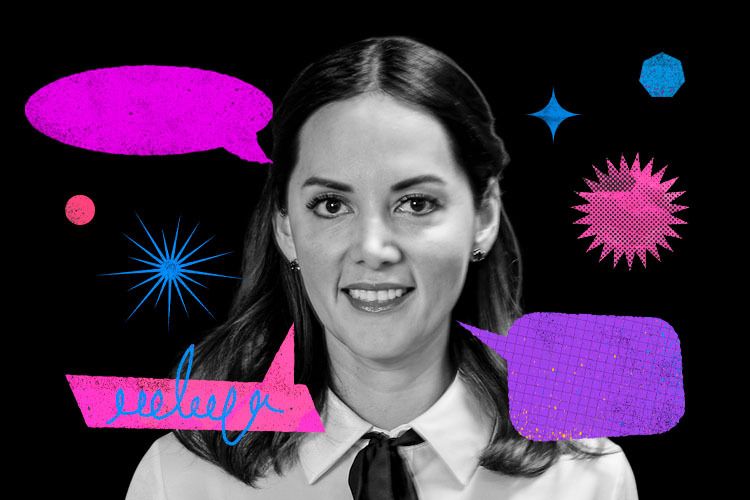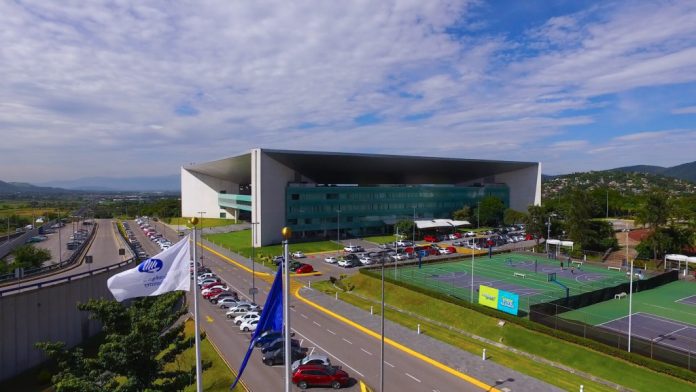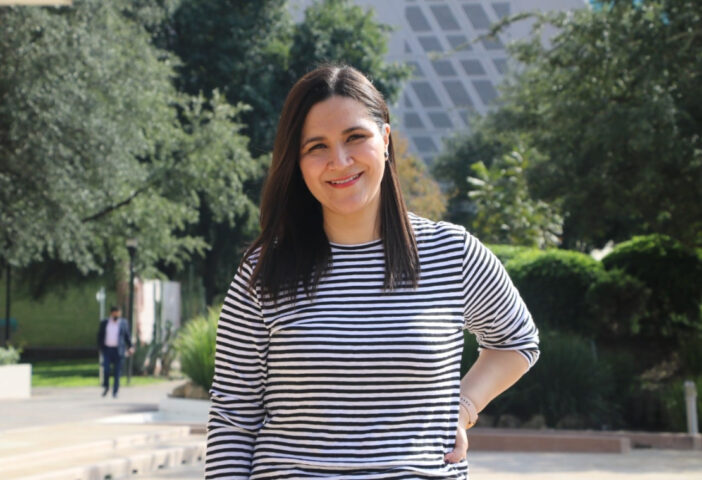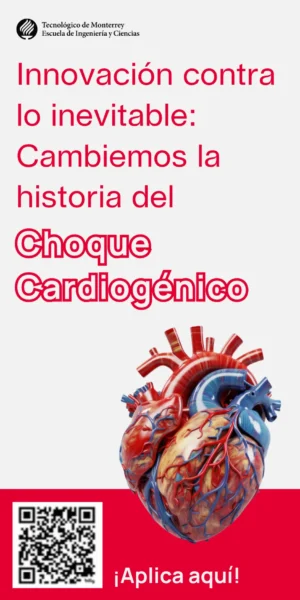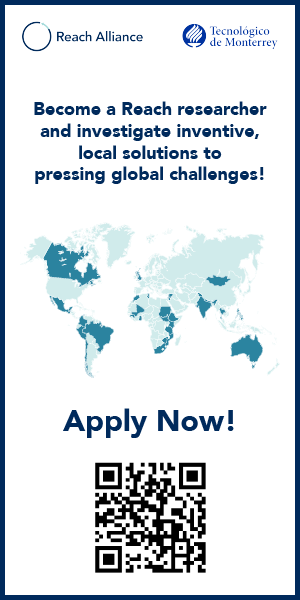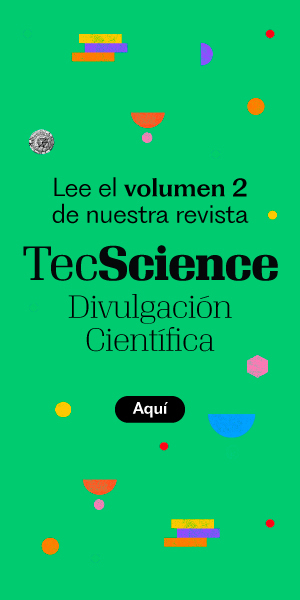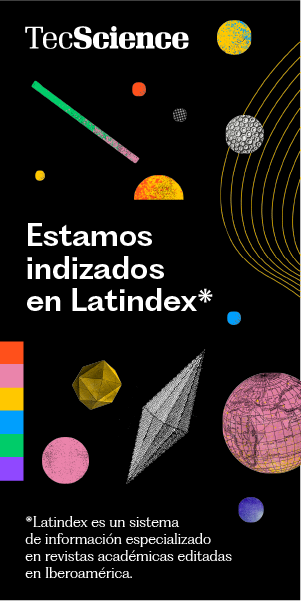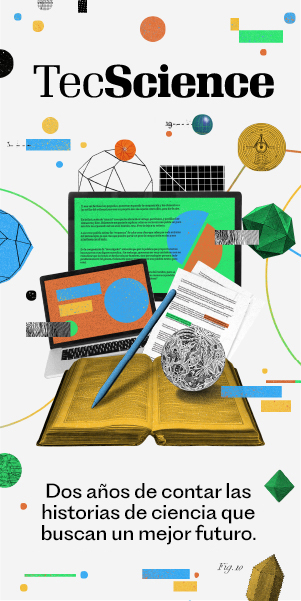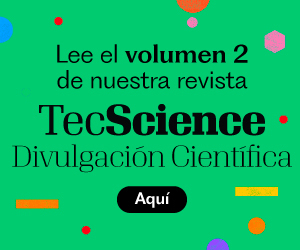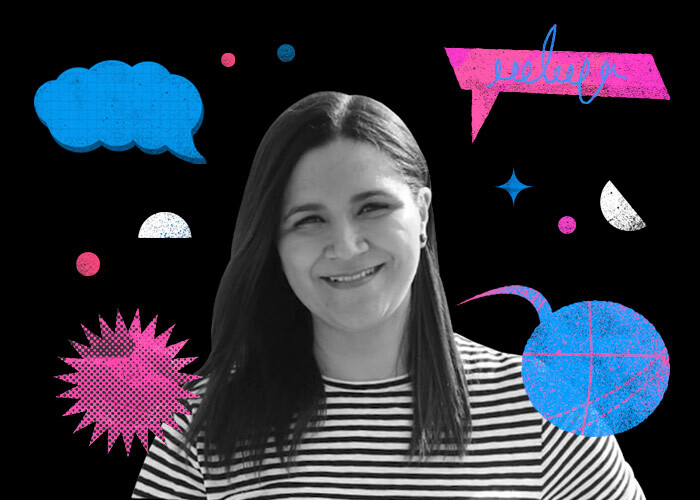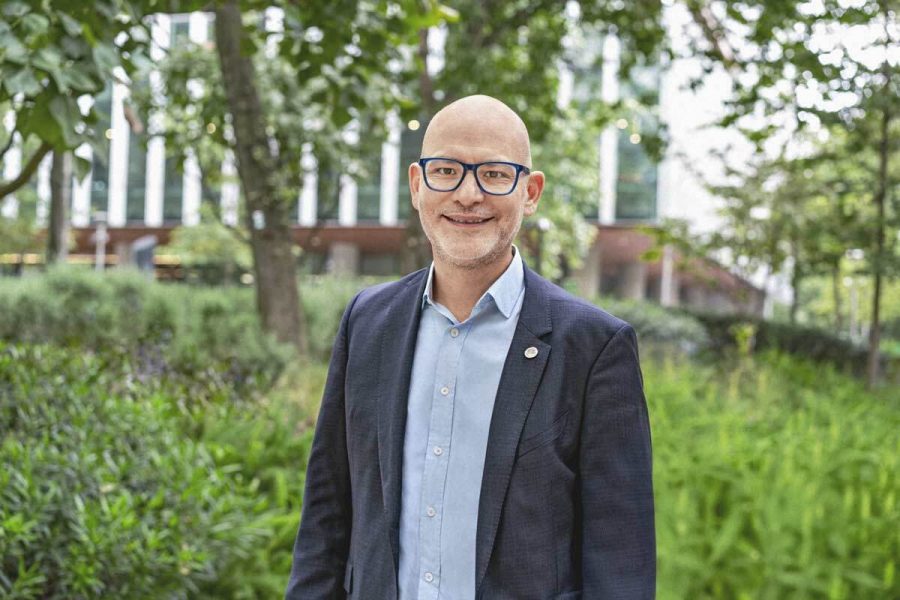Every June 23rd, we celebrate International Women in Engineering Day. It’s a good moment to pause—in between meetings, classes, experiments, or reports—and look around to reflect: how many women engineers do we see today leading, creating, innovating? And how many more could be here if, as little girls, they had heard “yes, you can” instead of “that’s not for you”?
I’m an engineer, a mom, a professor, a researcher, a leader, and a mentor. And while I’ve had to pave my way through traditionally male environments, I’ve also seen how things are beginning to shift. I’ve seen female students present their projects with the confidence of those who know their voice matters, and I’ve celebrated with colleagues when their ideas break through, not only technical barriers, but cultural ones too.
But I’ve also heard the hard stories. Students who doubt themselves despite having more than enough talent. Researchers who feel they have to prove themselves twice as much. Professionals who, upon becoming mothers, feel their careers are put on pause while their peers keep moving forward. And that needs to be said, too: there is still a long road ahead.
Promoting gender equality in engineering is not just a matter of justice—it’s a commitment to excellence. The great challenges of our time—energy transition, responsible automation, and industrial sustainability—need all voices. We can’t keep trying to solve problems with teams that only represent part of the population.
At Tecnológico de Monterrey, within the School of Engineering and Sciences, we understand this clearly. We created Ingenia: Women in Engineering and Science, an initiative to make women more visible, connected, and inspired in engineering and science. We launched the Women’s Scholarship to reduce entry barriers to STEM graduate programs. We designed spaces for mentorship, leadership, and intergenerational collaboration. And we aim to take this conversation to every corner of the community—from classrooms to boardrooms.
We also collaborate with international allies like MIT and the British Council to strengthen global networks that promote women’s vocations in science and technology. And of course, every step we take is alongside our students, professors, and researchers, who are building a new present with their talent and vision.
That said, it’s not enough to bring more women into engineering. We need to ensure that, as women, we can grow in environments that recognize our worth, where we have access to real opportunities, where motherhood is not penalized, and where biases are not normalized. We need to redesign the rules of the game so that everyone can play on equal terms.
So this June 23rd, in addition to celebrating the engineers who are already transforming the world, let’s do something more: let’s ask our daughters, nieces, students what excites them, what problem they want to solve, what they’d love to invent. And if one of them says, “I want to be an engineer,” let’s respond loudly: “Of course you can. The world needs you.”
Because yes, we do need more women in engineering. But more than anything, we need more engineering with a woman’s perspective.
Adriana Vargas-Martínez is Associate Dean of Professional Graduate Programs and Internationalization at the School of Engineering and Sciences at Tecnológico de Monterrey. She is the coordinator of the Tec-MIT Alliance for the School of Engineering and Sciences, and national leader of the initiative Ingenia: Women in Engineering and Science.
